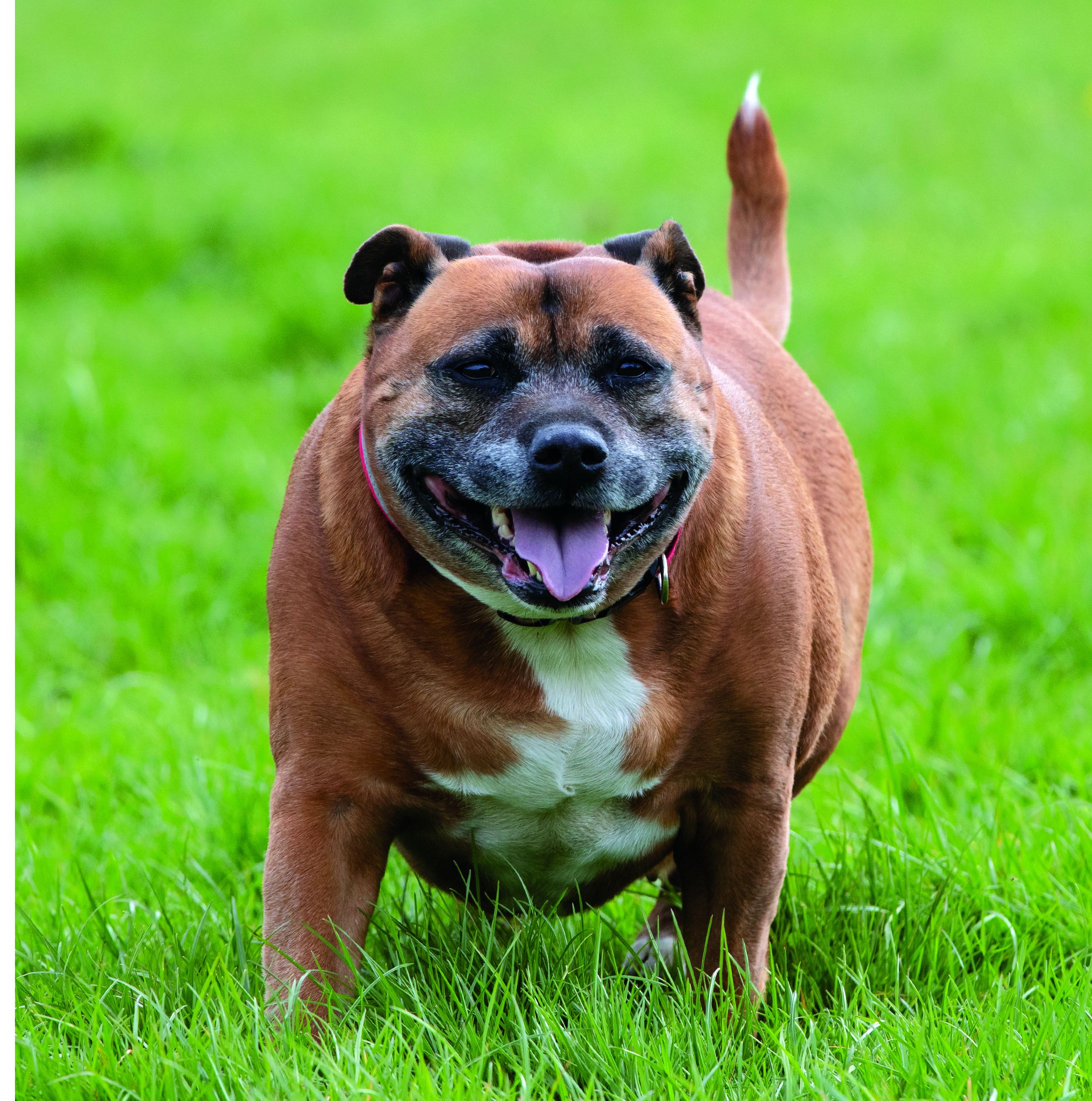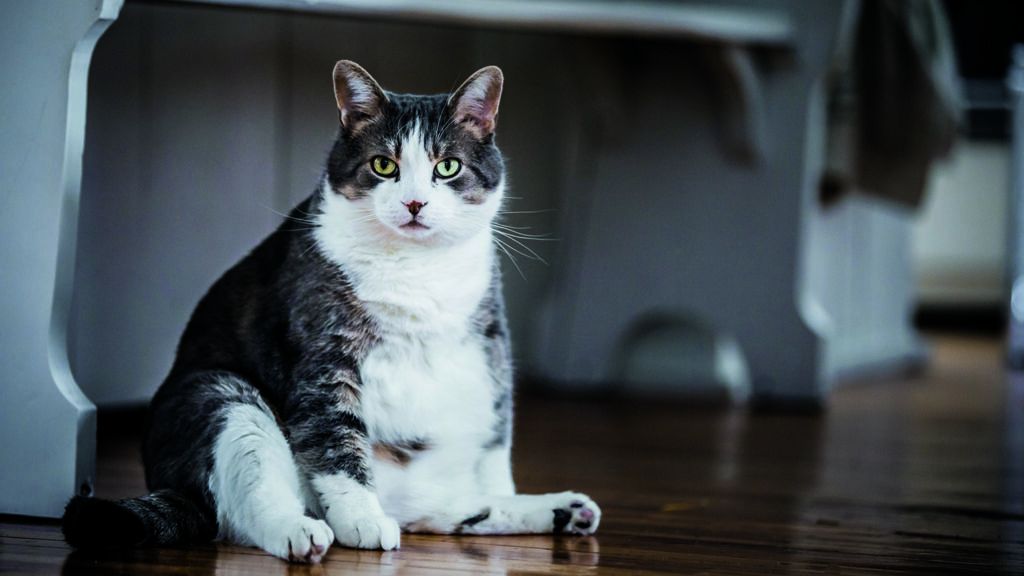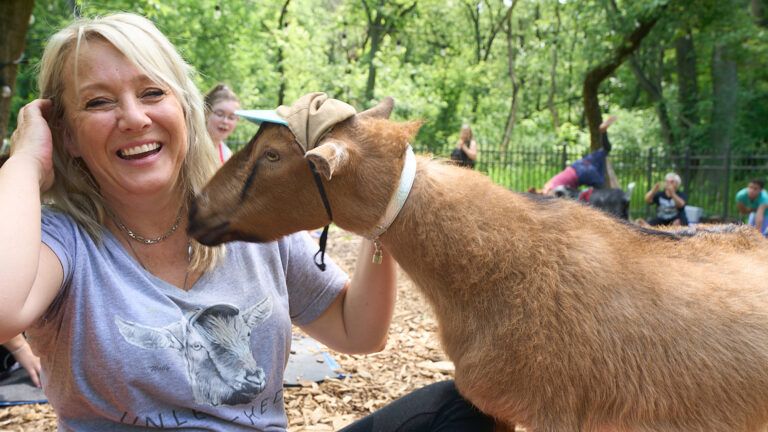A dozen years ago, our veterinarian informed me that our spaniel, Kelly, was at risk of heart disease, high blood pressure and diabetes, all of which could shorten her life. Why? She was overweight. Since I wanted to shed a few pounds myself, the two of us got in shape together.
According to the Association for Pet Obesity Prevention, 60 percent of cats and 56 percent of dogs in the U.S. are overweight or obese. Is your pet among them? Here are some ways to help your furry family member slim down and get fit.

Is your pet fat or just big-boned? Get your dog or cat on the scale (most veterinarians will let you weigh your pet for free). Evaluate your pet’s shape. Can you feel your cat’s ribs? If you look at your dog from the side, does his tummy droop? Is there a lack of waist definition when you view him from above? If yes, then your pet may need to lose some weight.
2. Offer healthy food.
What your pet eats matters. Make sure the food you select meets proper nutritional standards. The label should indicate that the pet food meets the nutritional standard of the Association of American Feed Control Officials (AAFCO) and also read “complete and balanced.” Check the ingredients to make sure you are feeding the best quality you can afford—for example, look for a healthy, lean protein. Some brands even offer a weight-loss variety.
Even though it might feel good to share your food, resist giving your pet table scraps such as pizza crusts and fatty meat. Instead, offer your dog or cat a piece of apple, a slice of banana, a few blueberries or a bit of chicken or salmon.
3. Avoid overfeeding.
I used to give Kelly one scoop of food, but I had no idea how much that scoop actually held. Once I understood how many ounces of food she needed, I measured it properly and fed her appropriately. Instead of following the serving size listed on the pet food bag, ask your veterinarian. Your vet can determine the right amount for your pet’s age, activity level and health.
4. Add physical activity.
Most dogs enjoy a walk or a run. If you live near a lake or beach and your dog likes the water, check to see if dogs are permitted. Not all dogs know how to swim; if you’re unsure, use a doggy life jacket. At home, try a puzzle feeder: Put a portion of your pet’s kibble in the toy and watch as her physical activity is rewarded!
Your cat may require a little more convincing. Most felines enjoy a cat tree with various levels and toys to swat. Many will play with balls, feathers, wands or laser pointers. Some cats can be trained to walk on a leash. Experiment with puzzle balls and treat-dispensing toys. If all else fails, move your cat’s food bowls to higher elevations.
5. Play!
Play time can burn calories too. Encourage your cat to engage his hunting instinct: Have him search and pounce for toys or treats. Toss a Frisbee to your dog. Or take advantage of the season and play in a big pile of leaves with your pup!
October is National Pet Wellness Month, and October 13 is National Pet Obesity Awareness Day. What better time to improve—and maintain—your pet’s health?
For daily animal devotions, subscribe to All God’s Creatures magazine.





